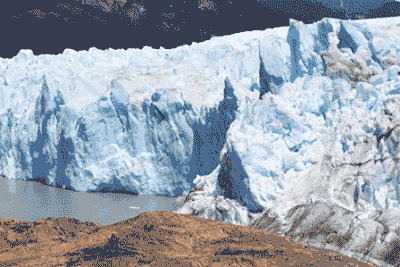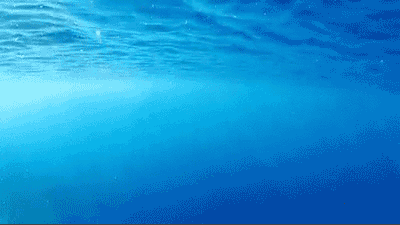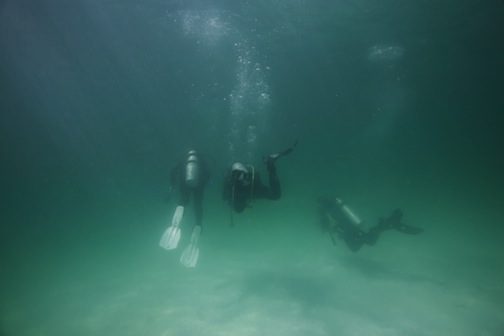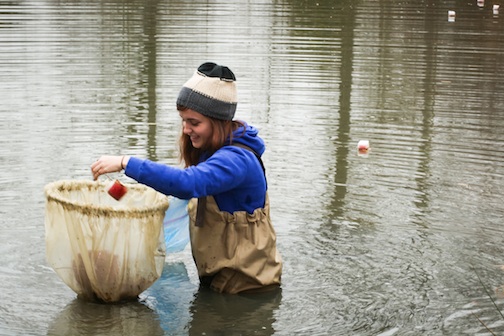Climate Change: A Missing Piece of the Puzzle
Can we figure out climate change?
The hot topic (literally) makes news all the time as the global community tries to address the problem. Global models predict average temperatures will rise by 2 degrees by the turn of the next century.
But what if those global models are missing a key piece of the puzzle?
Part of what they’ve missed, according to Longwood biology professor Ken Fortino, is the role lakes and ponds play in the carbon cycle.

Wait, back up. What about the models is flawed?
First things first: The current rate of climate change is bad for current ecosystems and human systems. Carbon dioxide accumulates in the atmosphere faster than natural processes can take care of it, which is causing average temperatures to rise. Global models figure the ocean into the equation, because it’s a huge part of the cycle–taking carbon out of the soil and eventually cycling it back into the air. For a long time, lakes, ponds and streams were seen as basically a giant pipeline, corralling carbon and pushing it to the ocean.
But wait a second, said Fortino and others like him.
If the oceans are cycling this carbon, shouldn’t lakes and ponds be, too? Turns out, yes. A huge amount of carbon cycles through inland waters, so we should probably know what’s going on inside them.
Lakes and ponds can do two things with carbon.
We’re talking about things like dead leaves that fall on top of the water and start to decompose.
1. They can bury it in the muck at the bottom of the lake, where it takes carbon OUT of the air, or
2. Cycle it back up INTO the atmosphere.
But which ones bury the carbon and which ones don’t?
That’s where Fortino comes in–he’s figured out how to help make better forecasts which inland water systems take carbon dioxide out of the cycle at higher rates than others. The key is transparency: the more transparent the lake, the more carbon is processed back into the air (read: bad for climate change). The more murky, the more carbon dioxide is taken out of the air.
“Knowing which lakes and ponds process the most carbon–and how they do it–is a key part of the overall picture,” he said. “And that, in turn, helps us make much better predictions about what’s going to happen so we can make more informed decisions.”
So where do we go from here?
Fortino and Longwood students are continuing this research, looking at the role farm ponds play in the carbon cycle. A research project going on now is measuring rates of leaf decomposition in several area ponds to gather data.
Continue reading →





